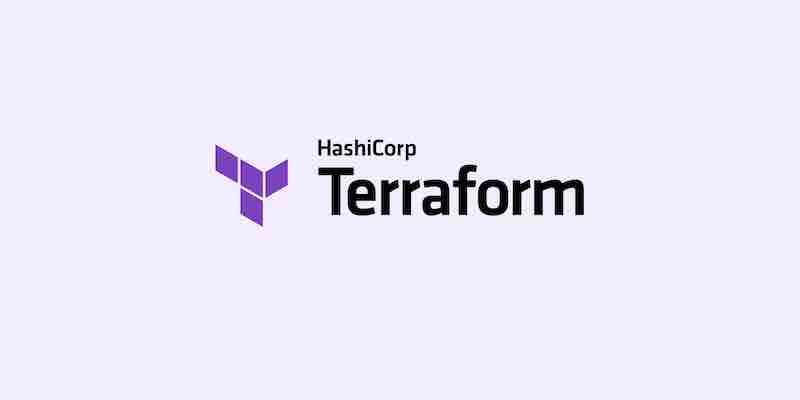Ever get confused about where to find things in Linux and where programs get installed? I’ll explain what all the folders are for and what’s in them! 02:35 /bin 02:50 /sbin 03:22 /boot 03:31 /cdrom 03:38 /dev 04:14 /etc 05:12 /lib, /lib32, /lib64 05:28 /mnt, /media 06:31 /opt 06:59 /proc […]
Devamını Oku
Infrastructure-as-Code (IaC) tools enable software developers and project managers to automate the management and provisioning of infrastructure, resulting in reduced costs, increased speed and minimized errors. The article highlights three prominent IaC tools: When selecting an IaC tool, it’s essential to consider factors like cost, user-friendliness, features, and integrations with […]
Devamını Oku
Do you often feel overwhelmed by your endless to-do list? Do you struggle to focus on your most important tasks and goals? Do you wish you had more control over your time and energy? If you answered yes to any of these questions, you might benefit from a productivity technique […]
Devamını Oku
Functional programming is a programming paradigm emphasizing writing programs as a series of independent, stateless functions operating on data structures. In available programming, data is treated as immutable, and parts are pure, meaning they always produce the same result for a given set of inputs and don’t cause side effects. […]
Devamını Oku
There are two ways to see error logs of scheduled events on MySQL: The SHOW EVENTS statement will return a table of information about each scheduled event. The table will include the following columns: If the ERRORS column for a scheduled event is greater than 0, then the event has […]
Devamını Oku
Simply put, Jenkins has become the open source standard for managing the dev side of devops, from source code management to delivering code to production. Jenkins is a continuous integration (CI) and continuous delivery (CD) solution In this Jenkins tutorial for beginners you will learn what is Jenkins, how you can do continuous integration […]
Devamını Oku
What is Swagger? The goal of Swagger™ aims to define a standard, language-agnostic interface to REST APIs that allows humans and computers to discover and understand the service’s capabilities without access to source code, documentation, or through network traffic inspection. When properly defined via Swagger, a consumer can understand and […]
Devamını Oku






